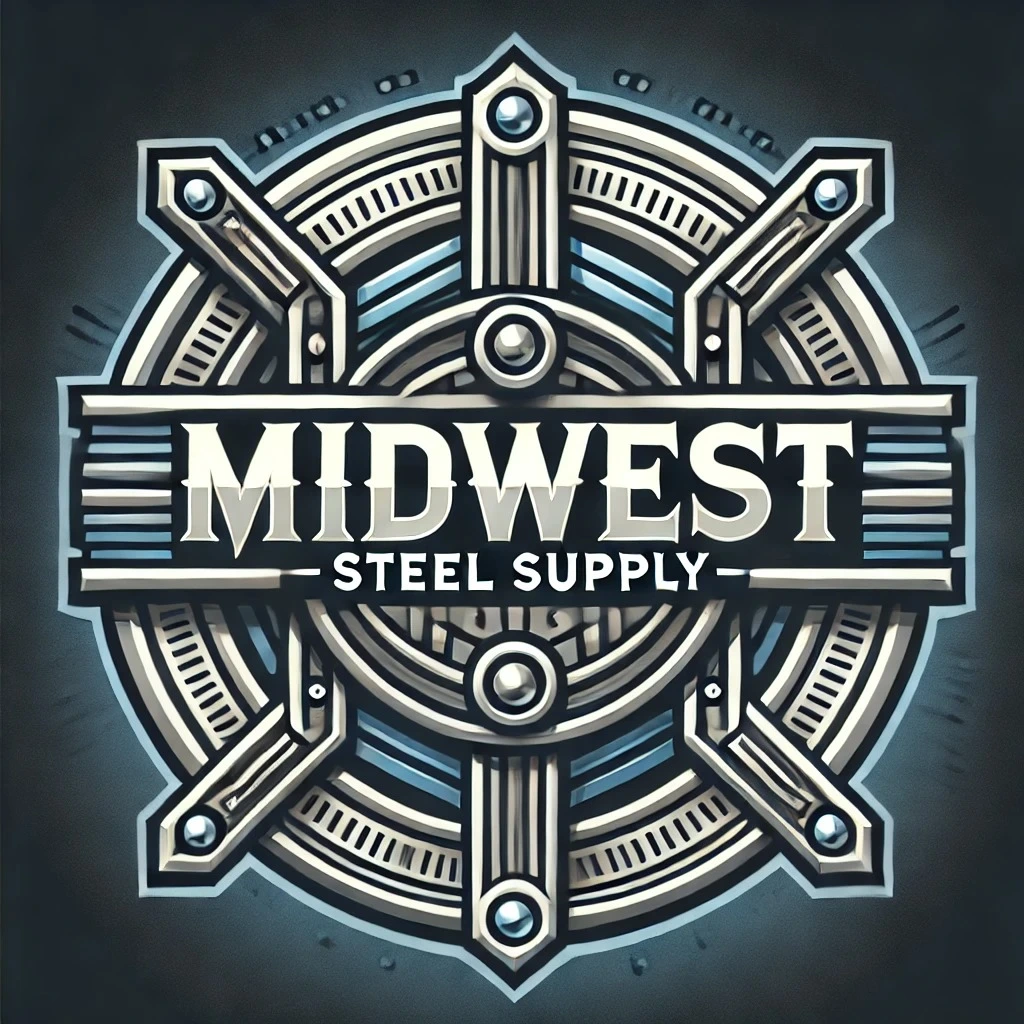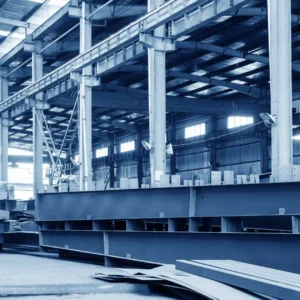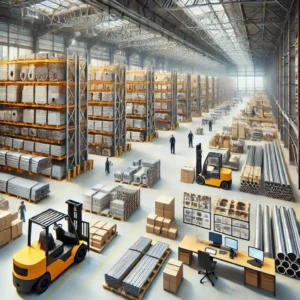Steel Distributor vs. Steel Stockist – What’s the Difference and Why It Matters

Steel Distributor vs. Steel Stockist – What’s the Difference and Why It Matters
Understanding the difference between a steel distributor and a steel stockist might seem like splitting hairs, but in the real-world steel supply chain, it’s a distinction that makes all the difference. Whether you’re a construction company sourcing materials, a fabricator fulfilling an order, or just someone trying to grasp the steel market better, knowing who does what in this ecosystem can save you time, money, and a whole lot of confusion.
These two roles, though often used interchangeably, serve distinct purposes. A steel distributor generally acts as a bridge between the steel mill and the final user, handling large volumes and focusing on logistics, while a stockist typically holds inventory, often locally, and supplies steel directly to smaller clients. Let’s break it down further.
Introduction to the Steel Industry
Overview of the Global Steel Market
Steel is one of the most essential building materials in the world. From skyscrapers to shipping containers, from bridges to ball bearings, steel is everywhere. The global steel industry is a trillion-dollar market and plays a foundational role in infrastructure, transportation, manufacturing, and energy sectors.
According to the World Steel Association, over 1.8 billion metric tons of crude steel are produced annually worldwide. With major producers like China, India, the United States, and Japan leading the charge, the steel trade has become a critical component of international commerce.
Yet, production is only half the story. The distribution of steel—getting the right type, in the right quantity, to the right place at the right time—is what makes or breaks industrial projects. This is where distributors and stockists come into play, acting as vital arteries in the steel supply chain.
The Role of Supply Chain in Steel Distribution
A smooth, responsive, and resilient supply chain is critical in the steel industry. From the moment raw materials are mined and processed, to the point finished steel reaches its final destination, there’s a complex network of stakeholders. Mills produce, distributors move, stockists store, and clients consume.
The supply chain must absorb global challenges—like tariffs, logistics costs, environmental regulations, and demand fluctuations. In this environment, the roles of both distributors and stockists have evolved to be more than just intermediaries—they’re strategic partners.
Who is a Steel Distributor?
Definition and Primary Functions
A steel distributor is a company or entity that purchases steel in large quantities—usually from mills—and resells it to businesses like manufacturers, fabricators, and even government bodies. Think of distributors as the wholesalers of the steel world. They don’t always keep massive amounts of stock; instead, they act as intermediaries, arranging for direct deliveries from mills to clients or using third-party logistics services.
Their primary responsibilities include:
-
Negotiating large-scale procurement deals
-
Offering diverse steel products (sheets, coils, beams, bars, etc.)
-
Facilitating transportation and delivery
-
Ensuring quality assurance and documentation
-
Providing financing or credit terms to customers
Types of Steel Distributors
Not all distributors are created equal. Depending on their market focus, they might fall into several categories:
-
General Distributors – They deal in a wide variety of steel products and cater to various industries like construction, automotive, or manufacturing.
-
Regional Distributors – These focus on specific geographic markets, often with deeper local relationships and tailored services.
-
Specialized Distributors – These may focus on a particular steel category (like stainless or alloy steel) or serve niche sectors (like aerospace or oil and gas).
Distributors often play a value-added role by offering cutting, slitting, shearing, or coating services to customize steel before delivery. They act as a one-stop solution for clients who need materials quickly and precisely.
Who is a Steel Stockist?
Definition and Responsibilities
A steel stockist, on the other hand, is someone who physically holds steel inventory in warehouses or stockyards. Their main function is to ensure immediate availability of steel products for customers who require quick turnaround times or smaller quantities.
Stockists purchase steel from distributors or directly from mills and store it until it’s sold. They’re especially useful for customers who can’t afford delays—like construction companies dealing with project deadlines or fabricators needing a steady supply of material for production.
Their core responsibilities include:
-
Maintaining and managing local stock levels
-
Providing material testing and traceability documentation
-
Offering fast delivery from ready inventory
-
Catering to low-volume or emergency orders
How Stockists Manage Inventory and Supply
Stockists typically invest heavily in warehousing infrastructure and inventory software. They need to balance the cost of holding stock with the risk of running out of supply. This means they often track:
-
Market trends and pricing fluctuations
-
Seasonal demand cycles
-
Customer buying patterns
Their goal? Always have the right grade, dimension, and quantity on hand when the customer calls. Many stockists also add value by offering cut-to-size services, material certification, and same-day dispatch.
Key Differences Between Steel Distributors and Stockists
Supply Chain Positioning
This is the most obvious distinction. Distributors operate higher up the supply chain, often working directly with steel mills and placing bulk orders. Stockists are closer to the end-user, holding inventory and managing localized supply.
Distributors rarely touch the physical steel unless they also operate warehouses. Instead, they focus on contracts, procurement strategies, and logistics coordination. Stockists, meanwhile, deal hands-on with products, warehouse operations, and walk-in customers.
Customer Engagement and Scale of Operations
Distributors often deal with larger clients and bigger orders, such as government infrastructure contracts or international manufacturers. Their transactions are high-volume and involve long-term relationships. On the flip side, stockists handle more frequent, smaller transactions, often dealing with contractors, machine shops, or small-to-medium enterprises (SMEs).
Also, distributors may serve nationwide or international markets, whereas stockists typically serve local or regional areas where quick delivery is a competitive edge.
Inventory Management and Product Availability
Stockists maintain ready stock, while distributors may operate on a just-in-time (JIT) basis or arrange deliveries from third-party warehouses. If a customer needs urgent supply, stockists can fulfill the order faster. But if they’re planning a long-term project, a distributor might offer better pricing and procurement support.






